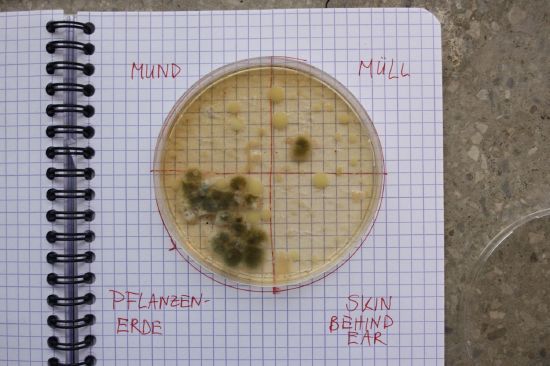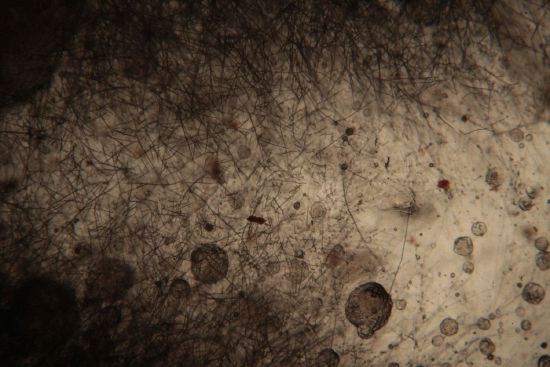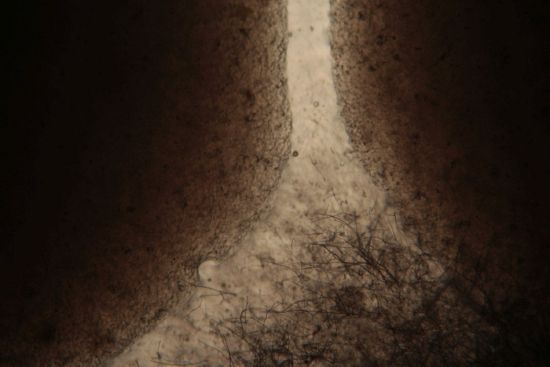Freya Probst (talk | contribs) |
Freya Probst (talk | contribs) No edit summary |
||
| Line 3: | Line 3: | ||
'''1. Goal:''' | '''1. Goal:''' | ||
:How can people without access to a professional laboratory grow microorganisms | :How can we, as people without access to a professional laboratory, grow microorganisms? | ||
'''2. Procedure:''' | '''2. Procedure:''' | ||
:The petri dishes are cleaned with a solution of 70% Alcohol + 30% of water | :The petri dishes are cleaned with a solution of 70% Alcohol + 30% of water. | ||
200 ml destilled water/ tapwater | 200 ml destilled water/ tapwater | ||
| Line 13: | Line 13: | ||
2 g agar (gellant) | 2 g agar (gellant) | ||
We mixed different mediums, varying the ingredients | We mixed different mediums, varying the ingredients. Tapwater and bouillon are easily accessible, while peptone and destilled water are more specific. | ||
Mine contained distilled water, but instead of peptone I used bullion. | Mine contained distilled water, but instead of peptone I used bullion. | ||
Revision as of 12:28, 6 November 2016
Basic growth medium for bacteria
1. Goal:
- How can we, as people without access to a professional laboratory, grow microorganisms?
2. Procedure:
- The petri dishes are cleaned with a solution of 70% Alcohol + 30% of water.
200 ml destilled water/ tapwater 3 ts sugar 2 ts bouillon/ peptone (proteins) 2 g agar (gellant)
We mixed different mediums, varying the ingredients. Tapwater and bouillon are easily accessible, while peptone and destilled water are more specific.
Mine contained distilled water, but instead of peptone I used bullion.
3. Outcome:
- Only the soil sample showed some result. Besides that we can only observe oil drops from the Boullion.


